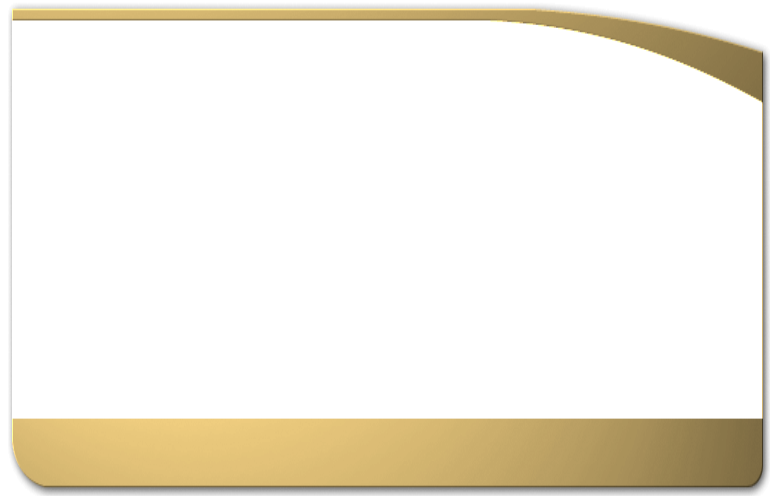Noverre à Lyon et sa postérité
Jean-Georges Noverre (1727-1810), un artiste européen au siècle des Lumières
Françoise Dartois
Université Paris-Sorbonne, IUFM

This paper focuses on a little known period of Noverre’s professional life, that of his beginnings as a dancer, dancing master and choreographer, notably in Lyon. Archival documents shed light on the creative context of his ballets at the Lyon Royal Academy of Music and make for a better understanding of the effect they had on their public and the reception they met in a town often described as conservative. We will first summarize what is known of his first seasons at the Royal Academy of Music (1749-1752) ; we will then specify why and how he spent a second period in Lyon from 1757 to 1760 collaborating with François Granier in the Ballet d’action; finally, we will evoke the posterity of these Lyon productions (for example, The Chinese Ballet). Our better knowledge of Noverre’s professional life from 1750 to 1760 helps explain his choice of Lyon (Aime Delaroche, 1759) and Stuttgart for the publication of his first theoretical treatise, as well as his place in the history of dance through his famous Letters that were translated into foreign languages from 1769 onwards.
Marie Demeilliez
Marie Demeilliez - Noverre, jeune danseur au Collège Louis-le-Grand
Bertrand Porot
Bertrand Porot - Noverre à l'Opéra-Comique
Françoise Dartois
Françoise Dartois - Noverre à Lyon et sa postérité
M.-F. Bouchon
M.-F. Bouchon - Noverre à l'Académie Royale de Musique
Michèle Sajous d'Oria
Michèle Sajous d'Oria - Noverre et l'architecture théâtrale au temps des Lumières
Marie-Thérèse Mourey
Marie-Thérèse Mourey - Les étapes de la carrière germanique de Noverre
Marie-Thérèse Mourey
Marie-Thérèse Mourey - Le « manuscrit de Varsovie » (1766)
Mariette Cuénin-Lieber
Mariette Cuénin-Lieber - Noverre et Charles-Eugène de Wurtemberg
Laurine Quetin
Laurine Quetin - Noverre face à Calzabigi
Sibylle Dahms
Sibylle Dahms - Noverre à Vienne : entre désastre et triomphe
Raphaëlle Legrand
Raphaëlle Legrand - Le ballet d'action avant Noverre
K. Modigh et I. Ginger
K. Modigh et I. Ginger - Une dernière tentative d'emploi de Noverre
Jennifer Thorp
Jennifer Thorp - Jean-Georges Noverre à Londres
José Sasportes
José Sasportes - Noverre en Italie
Bruce Alan Brown
Bruce Alan Brown - Les sources musicales des ballets de Noverre
Laurence Marie
Laurence Marie - Le comédien anglais David Garrick
Juan Ignacio Vallejos
Juan Ignacio Vallejos - « Noverre » : la construction d'un nom d'auteur
J.-Ph. Van Aelbrouck
J.-Ph. Van Aelbrouck - Noverre et ses oeuvres à Bruxelles
Irene Brandenburg
Irene Brandenburg - Angiolini, Noverre et la « querelle de la danse »
Cécile Champonnois
Cécile Champonnois - Noverre : les Horaces et les Curiaces
Petra Dotlačilovà
Petra Dotlačilovà - Noverre en Bohême et en Moravie






